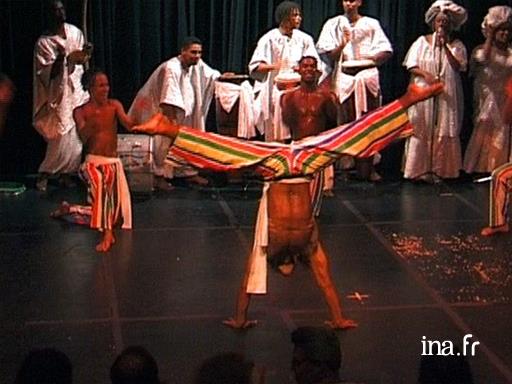Lyon, one city’s two-step and a troupe from Salvador de Bahia

Information
Arrival of the troupe at the biennale de danse in Lyon where they saw a performance of ballet from Bahia: The Bale Folclorico da Bahia. This troupe stages a capoeira dance show, a dance that is similar to a martial art. A dance of African origin, similar to a martial art, brought to Brazil by slaves. The film follows them in their town, Salvador de Bahia.
- South America > Brazil > Salvador
- Europe > France > Rhône-Alpes > Rhône > Lyon
Context
In Salvador, capoeira was soon to embrace the world of dance. Not so long ago, it was generally considered as a combat sport, as a past-time that aroused suspicion, for poor or black or mixed-race dropouts, whereas dance was an activity for girls of the economic and cultural elite, i.e. white. However, by the 1960s, dance students wanted to learn capoeira. In order for families to be able to accept the situation, they had to get a professor to come to the University. In about 1966, it was José Gabriel Gões who came. José Gabriel Gões or mestre Gato, who, as his name would suggest, was known for his feline agility, and his talents as a berimbau player.
The Bale Folclorico da Bahia Company, which was invited to perform at Lyon's dance Biennale in 1994 and 1996, was founded in 1988. It adopted the traditions of capoeira, as defined by those capoeirists who were involved in show business like the masters Caicara and Canjiquinha and their successors; this was a form of capoeira that was eclectic and gay, which was not afraid of colour and exhibitionism, and was proud to do so, because it knew it was from Bahia, and Bahia as everyone knows, Capoeira is alive in Bahia.





